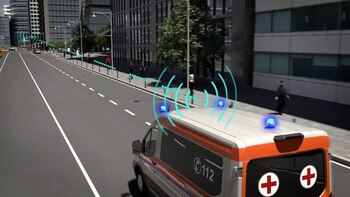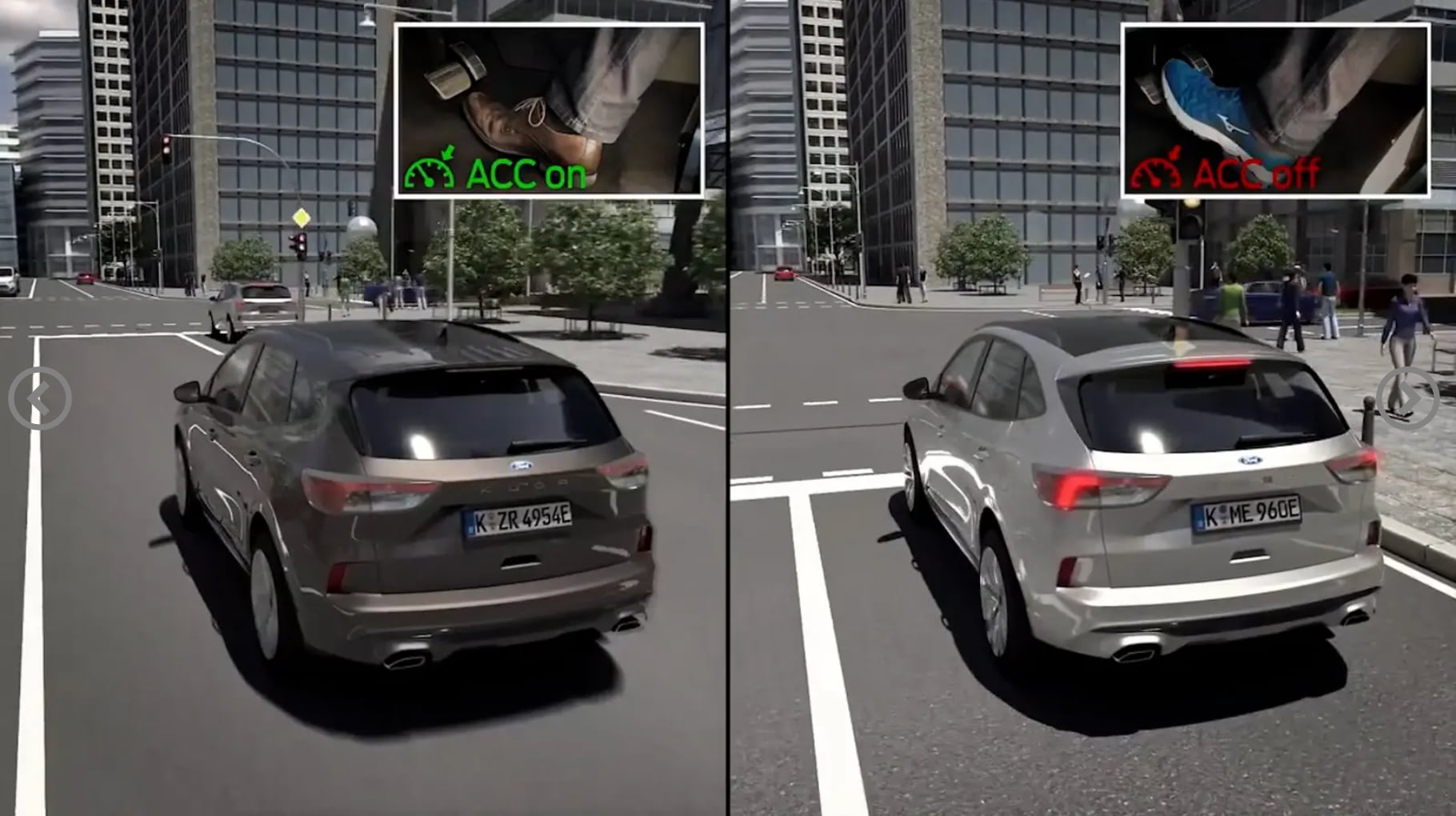
Ambulances move differently than other vehicles. That is something that everyone already knows. When they need it, it is essential that they get to where they need to be as quickly as possible. In addition, if it is an ambulance, you will need to arrive at the hospital so that patients on board receive the necessary care. But for this they need a fast lane, through which they can move quickly and without delay.
This almost doesn't exist in many parts of the world, so technology needs to help create these fast and clean routes on as many routes as possible.
To do this, Ford created an intelligent traffic light system that works in conjunction with connected emergency vehicles and makes travel easier when needed.
“Whether it's a fire truck coming to a fire or an ambulance heading for an accident, the last thing you want is for these drivers to be trapped among other vehicles waiting for the traffic light to change,” said Martin Sommer, Automated Driving Research Engineer at Ford Europa at the official statement from the company.
Smart Traffic Lights for Fire Vehicles, Ambulances, and More
These smart traffic lights will prevent emergency vehicles from having to stop at the traffic light, waiting for it to turn green and allow the other vehicles to pass unhindered. In addition, it will also prevent possible accidents if an ambulance has to run a red light.
The test was conducted in Germany, on a stretch of road with eight traffic lights in the city of Aix-la-Chapelle. Two zones with three traffic lights, each already in use, are located on the outskirts of the city. A Ford Kuga Plugin Hybrid was used, conducting the test as if it were an emergency vehicle.
The car mentioned above was equipped with equipment for communication with the infrastructure, they also had this type of equipment. When approaching a traffic light, the vehicle transmits the signal received by the infrastructure and acts accordingly, giving free passage to all vehicles on the road, putting the rest of the traffic lights on the red line.

In this way, it not only allows emergency vehicles to pass through, but also prevents traffic jams and traffic from occurring along the way.
After the traffic light passes, it returns to normal operation, regulating traffic. For its part, the car will receive information about the status of the traffic lights, and the Adaptive Cruise Control system helps the car to adjust the speed needed to drive on the stretch of road regulated by traffic lights.

Vehicle-infrastructure communication is ensured by CV2X (Cellular VehicleToEverything) technology. This is used to connect vehicles to infrastructure, but also to other vehicles and road users
Ford engineers tested the system as part of the Corridor for New Mobility Aachendüsseldorf (AccorD) project, funded by the German Federal Ministry for Transport and Digital Affairs and supported by the University of RWTH Aachen, Vodafone, Straßen.NRW (authority North Rhine-Westphalia road) and the city of Aachen.
“Exchanging data between cars, emergency vehicles and traffic lights in real time using the latest mobile phone technology makes road traffic safer and more efficient,” said Michael Reinartz, director of consumer services and innovation at Vodafone Germany. “Intelligent traffic light control helps save lives when every second counts, and also reduces unnecessary waiting times and CO2 emissions,” he concluded.
The project has been running from January 2020 to March of this year.
KEEP READING
Últimas Noticias
Debanhi Escobar: they secured the motel where she was found lifeless in a cistern
Members of the Specialized Prosecutor's Office in Nuevo León secured the Nueva Castilla Motel as part of the investigations into the case

The oldest person in the world died at the age of 119
Kane Tanaka lived in Japan. She was born six months earlier than George Orwell, the same year that the Wright brothers first flew, and Marie Curie became the first woman to win a Nobel Prize

Macabre find in CDMX: they left a body bagged and tied in a taxi
The body was left in the back seats of the car. It was covered with black bags and tied with industrial tape
The eagles of America will face Manchester City in a duel of legends. Here are the details
The top Mexican football champion will play a match with Pep Guardiola's squad in the Lone Star Cup

Why is it good to bring dogs out to know the world when they are puppies
A so-called protection against the spread of diseases threatens the integral development of dogs




